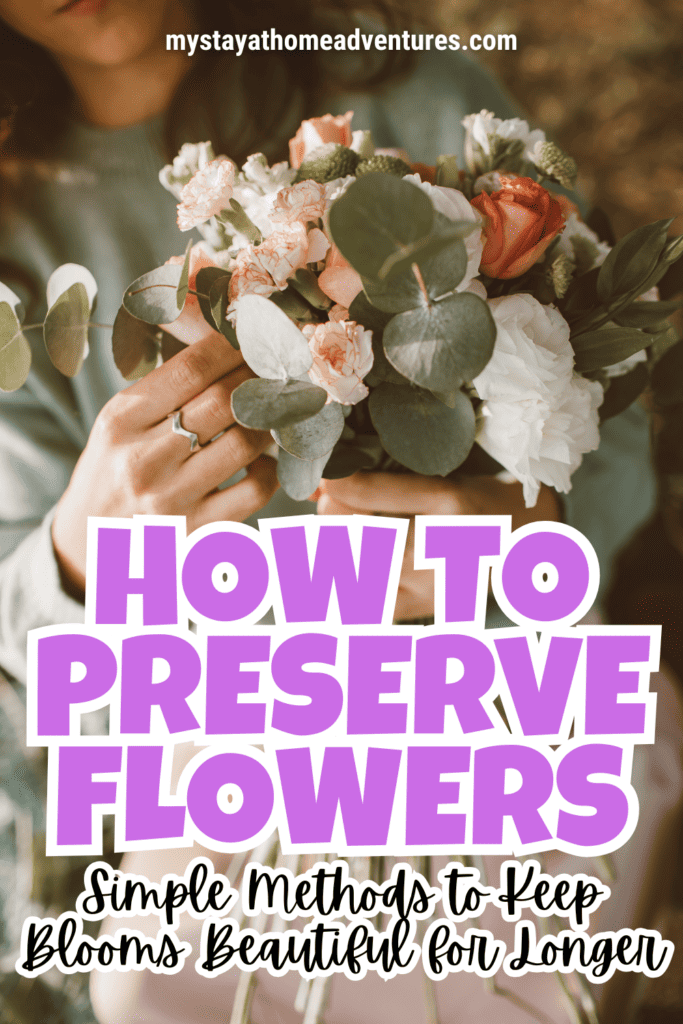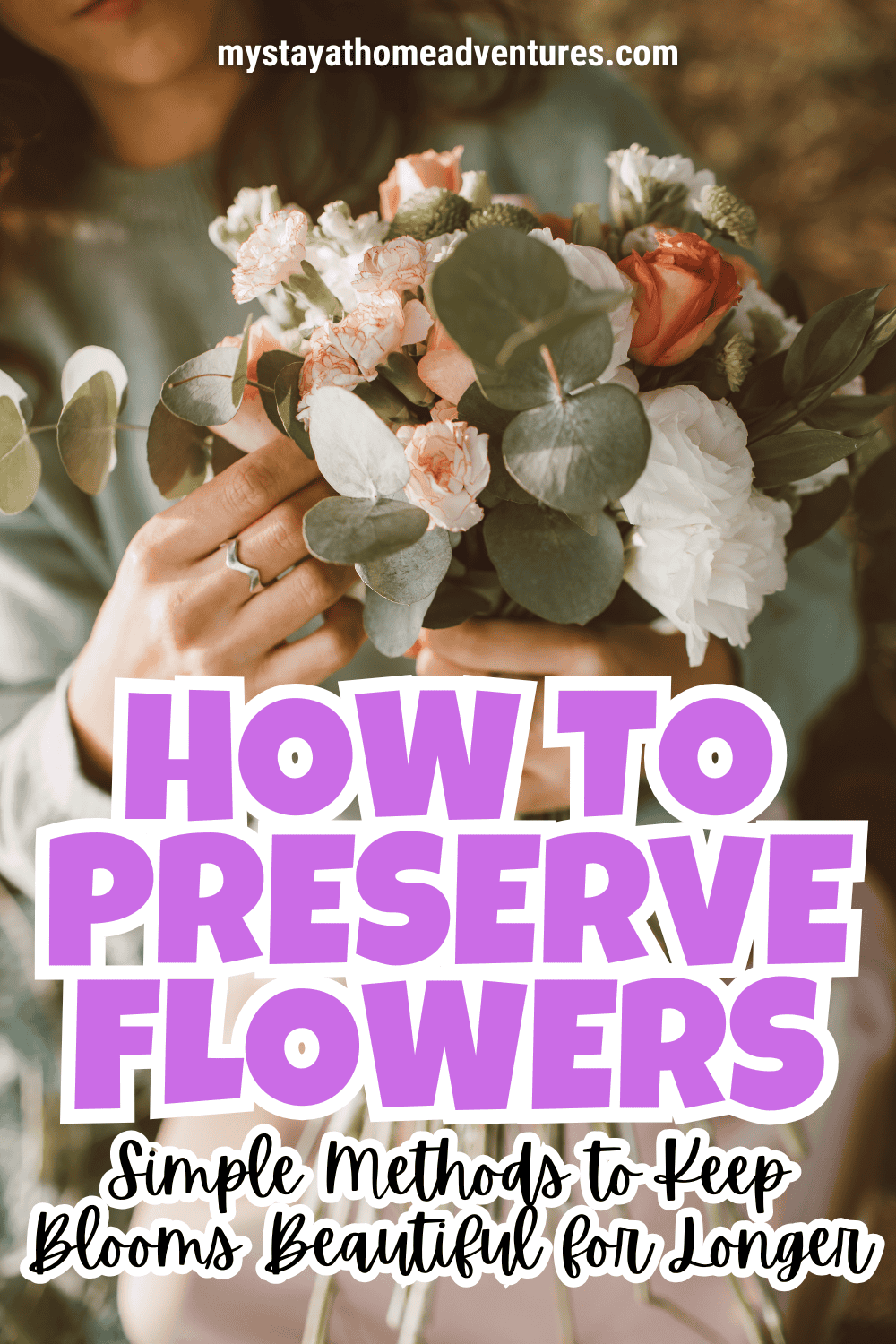How to Preserve Flowers: Simple Methods to Keep Blooms Beautiful for Longer
This post may contain affiliate links which might earn us money. Please read my Disclosure and Privacy policies hereFlowers hold memories, emotions, and beauty. Whether it’s a bouquet from a loved one, blooms from a special occasion, or just flowers you picked yourself, it’s natural to want to preserve their charm for as long as possible. However, flowers are delicate, and without proper care, they wilt quickly.
In this guide, I’ll share the most effective ways to preserve flowers, including simple at-home methods and tips to maintain their natural beauty. No matter the reason you’re holding on to your blooms, these techniques will help you keep them looking fresh and vibrant.
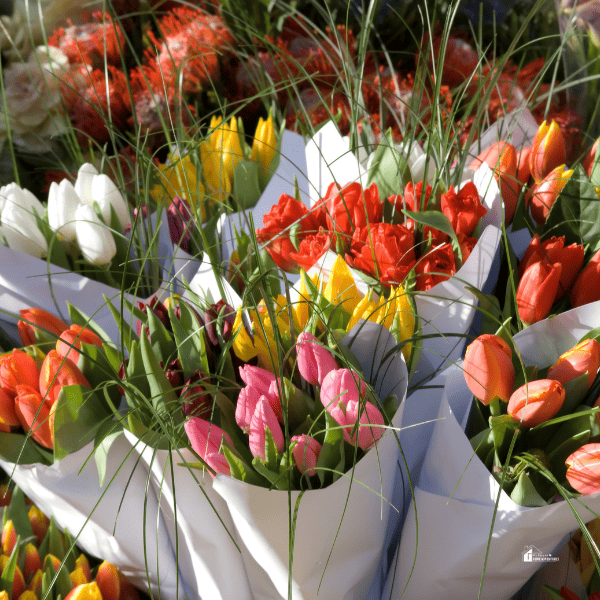
Why Do Flowers Need Preserving?
Flowers are fleeting by nature. Once cut, they begin to lose moisture and nutrients. This gradual dehydration causes wilting and browning. Preserving flowers not only prolongs their lifespan but also helps maintain their visual and sentimental value.
For example, dried flowers can become lasting keepsakes, while fresh blooms can be enjoyed a little longer with proper storage techniques. Understanding what your flowers need is key to ensuring their longevity.
The Role of Temperature in Preserving Flowers
Temperature plays a vital role in how long flowers last. A cool environment slows down the aging process, while warmth accelerates it. One of the simplest ways to preserve fresh flowers is by keeping them in a cool space, such as a dedicated flower fridge. Unlike a regular refrigerator, a flower fridge is specifically designed to maintain a stable temperature and humidity ideal for flowers.
If you don’t have access to such specialized equipment, you can replicate the effect at home. Place your flowers in a clean fridge with no fruits, as the ethylene gas released by ripening produce can shorten the lifespan of flowers. Cooling slows the metabolic processes in flowers, helping them stay fresh and perky for longer.
Popular Methods for Preserving Flowers
There are several proven ways to preserve flowers, depending on the result you want. Below are the most common techniques, along with step-by-step instructions.
1. Air Drying: A Simple and Effective Option
Air drying is the most traditional way to preserve flowers. This method works best for flowers with sturdy stems and petals, such as roses, lavender, or baby’s breath.
Steps to Air Dry Flowers:
1. Choose the right blooms: Use flowers that are fresh but not fully open. They’ll retain their shape better during drying.
2. Prepare the flowers: Remove any excess leaves and trim the stems to your desired length.
3. Bundle them up: Gather flowers into small bunches and tie them with twine or rubber bands.
4. Hang them upside down: Find a dry, dark, and well-ventilated area, like a closet or attic. Hang the bundles upside down to maintain their shape.
5. Be patient: Leave the flowers to dry for 1–3 weeks. Check them occasionally to ensure they’re drying evenly.
Once fully dry, air-dried flowers can last for years. They work beautifully as decorations or additions to craft projects.
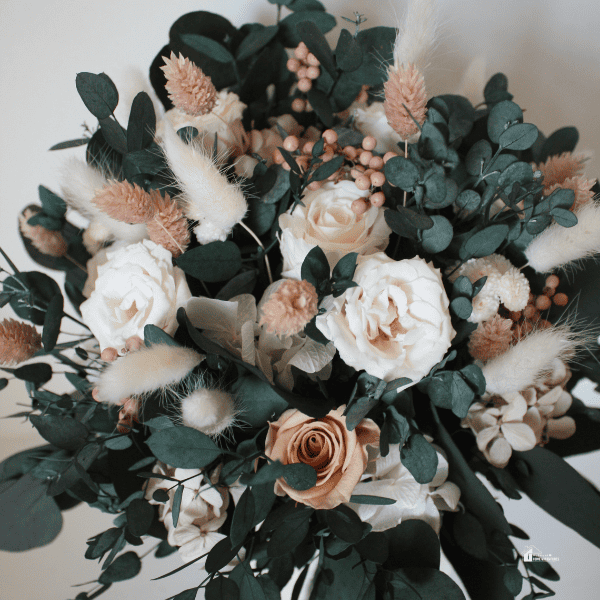
2. Pressing Flowers: A Creative and Decorative Choice
Pressing flowers is a popular technique for creating flat, preserved blooms perfect for artwork, scrapbooking, or framing. It works well for smaller, thin flowers like daisies, pansies, or violets.
Steps to Press Flowers:
1. Pick fresh flowers: Choose flowers that are not too thick. Avoid ones with excess moisture.
2. Prepare the flowers: Trim stems and arrange the flowers flat between sheets of parchment paper.
3. Use a heavy book: Place the parchment paper with flowers inside a heavy book or under a flower press. Add extra weight on top for better results.
4. Wait for them to dry: Leave the flowers undisturbed for 2–3 weeks. Check periodically to ensure they are drying properly.
Pressed flowers are delicate but timeless. You can frame them, use them for DIY projects, or create personalized gifts.
3. Silica Gel: For Preserving Color and Shape
Silica gel is a desiccant that absorbs moisture quickly, making it ideal for preserving flowers while keeping their shape and vibrant colors intact. You can find silica gel at craft stores or online.
Steps to Use Silica Gel:
1. Choose fresh flowers: Select blooms that are dry and free of blemishes.
2. Prepare the flowers: Cut the stems short and trim leaves.
3. Cover with silica gel: Place the flowers in an airtight container and carefully pour silica gel around and over them. Ensure the petals are fully covered but not crushed.
4. Seal and wait: Close the container tightly and leave it for 5–7 days, depending on the flower size.
5. Remove the flowers: Gently remove the flowers from the silica gel and brush off any residue.
This method works exceptionally well for intricate flowers like roses, peonies, or dahlias, as it preserves their natural appearance.
4. Glycerin Preservation: A Long-Lasting Technique
Glycerin preservation is a lesser-known method that keeps flowers soft and flexible. By replacing the water in the flowers with glycerin, you can prevent them from becoming brittle.
Steps to Preserve Flowers with Glycerin:
1. Mix the solution: Combine 2 parts water with 1 part glycerin. Heat slightly to dissolve.
2. Prepare the flowers: Cut the stems at an angle to allow maximum absorption.
3. Soak the stems: Place the flowers in the glycerin solution and leave them for 2–4 weeks.
4. Monitor the process: The flowers will darken slightly as they absorb the glycerin.
This technique is ideal for leaves, branches, and sturdy flowers. Glycerin-treated flowers maintain a soft, natural texture for years.
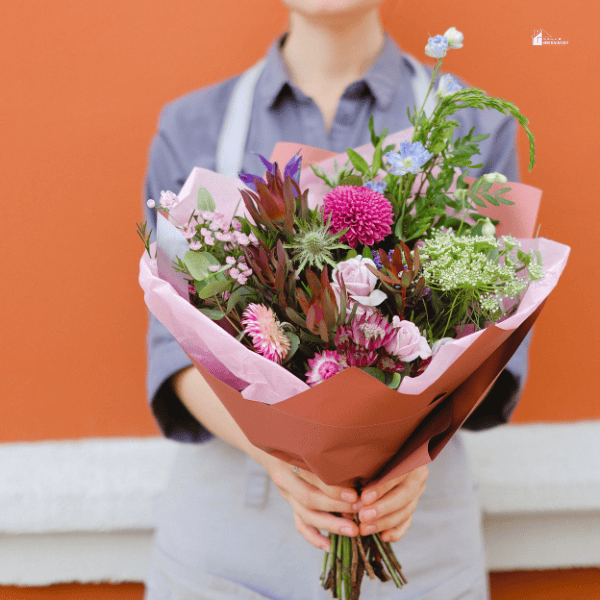
Tips for Extending the Life of Fresh Flowers
While preservation methods can help, it’s also important to extend the life of fresh flowers before they start wilting. Here are some practical tips:
- Trim the stems: Cut the stems at a 45-degree angle to improve water absorption.
- Use clean water: Change the water in the vase every 2–3 days to prevent bacteria.
- Keep them cool: Avoid placing flowers in direct sunlight or near heat sources.
- Add flower food: Use commercial flower food or a DIY mix of sugar and vinegar to nourish the blooms.
- Avoid overcrowding: Give each flower enough space to “breathe” and absorb nutrients.
Creative Uses for Preserved Flowers
Preserved flowers aren’t just for keepsakes—they can also add beauty to your home or projects in creative ways:
1. Home decor: Use dried flowers to create rustic wreaths, centerpieces, or garlands.
2. Artwork: Frame pressed flowers for a personalized and nature-inspired piece of art.
3. Gifts: Include preserved flowers in handmade cards, gift boxes, or jewelry.
4. Wedding memories: Preserve bridal bouquets to cherish your special day for years.
With a little imagination, preserved flowers can become timeless decorations or meaningful gifts.
Conclusion: Make Flowers Last a Lifetime
Flowers may be short-lived, but their beauty doesn’t have to fade so quickly. By choosing the right preservation method—whether it’s air drying, pressing, or using silica gel—you can keep their charm alive for years. Combine these methods with practical care, like using a flower fridge or keeping blooms away from heat, to maximize their lifespan.
Preserving flowers allows you to hold on to cherished memories and enjoy nature’s beauty well beyond its natural timeframe. Whether you’re crafting, decorating, or simply saving a special bouquet, these techniques will help you make flowers last a lifetime.
